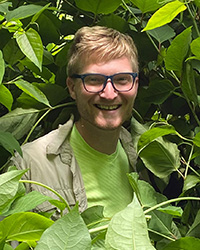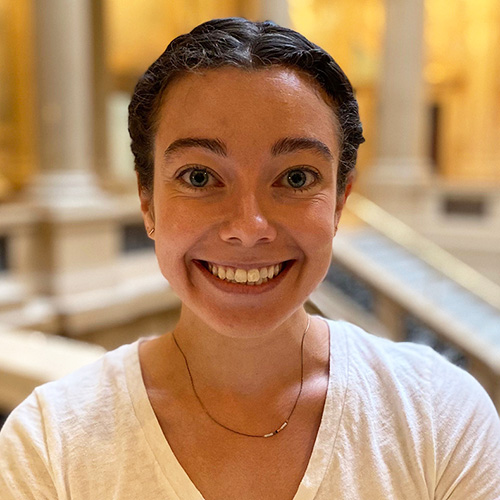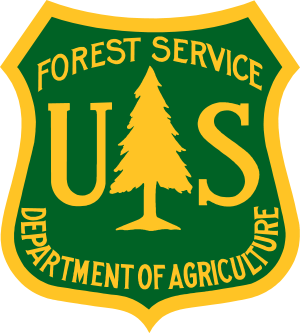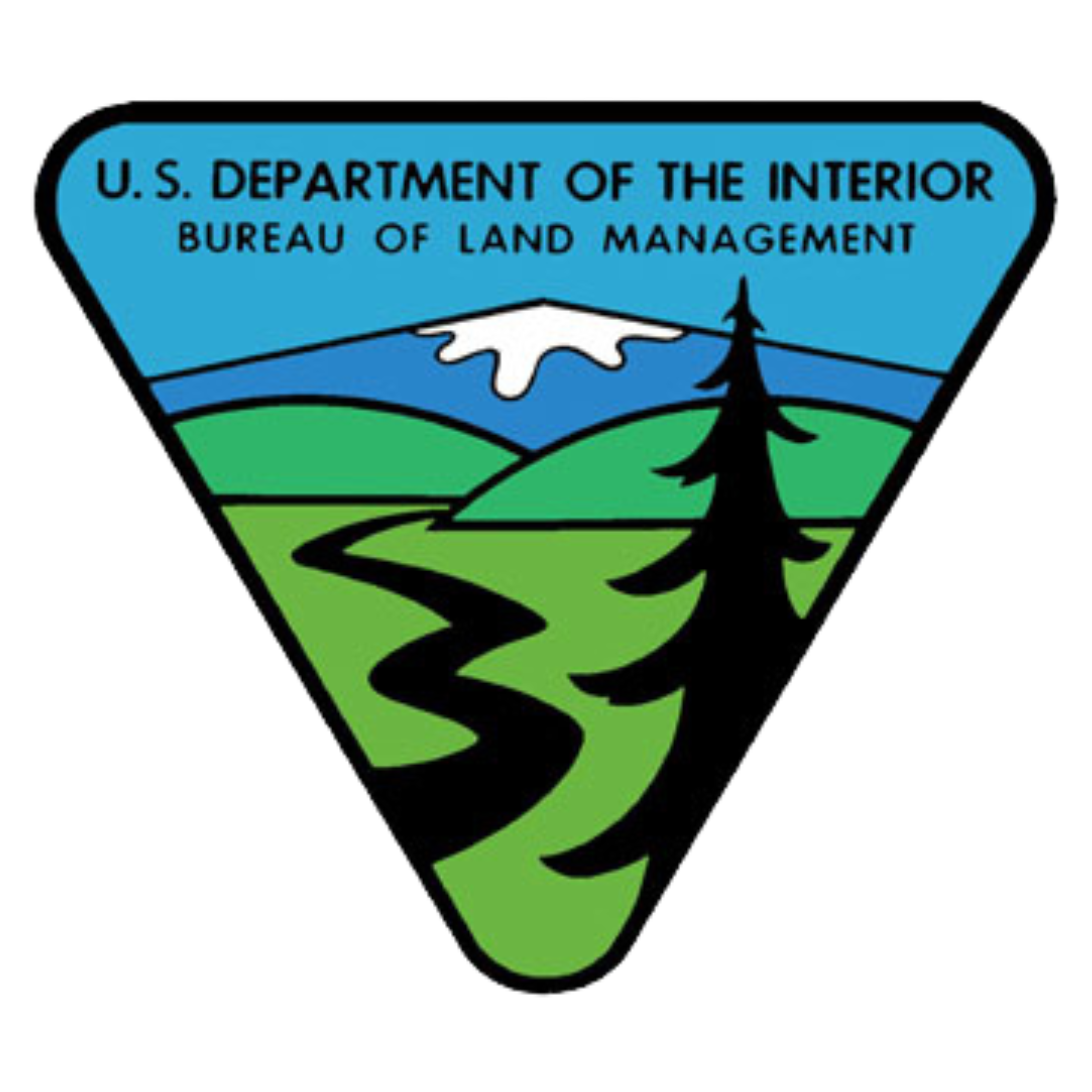
Species invasions are ranked among the topic global drivers of change to biodiversity and ecosystem services, with big economic costs. Communicating about introduced species and their impacts in ways that engage and empower audiences can be challenging but is necessary to enable informed decision making. Public trust can be weakened if scientists, educators, or natural resource practitioners focus on value-laden, subjective language at the expense of objective facts when describing the impacts of invasive plants. Similarly, communication about introduced species can unintentionally lead to xenophobic attitudes toward nature and culture alike. These aspects of invasive species messaging have been largely overlooked, especially in museums, nature centers, and other institutions where public-facing messages have potential to influence local culture and opinions. This webinar will present an overview of a recent, ongoing project at Carnegie Museum of Natural History on invasive plants and seek participant feedback and discussion on best practices for effectively and inclusively communicating about invasive plants to diverse audiences. This webinar will collaboratively explore the direction of this project, which will later culminate with outreach materials and an exhibit on plant invasion.

Mason Heberling, Ph.D.
Associate Curator of Botany
Carnegie Museum of Natural History
Mason Heberling is the Associate Curator of Botany at Carnegie Museum of Natural History. He is a botany curator and plant ecologist studying the functional ecology of understory plant species in temperate forests, especially in the context of climate change and introduced species invasions. As a museum curator, he seeks to facilitate and broaden the use of natural history collections by students, researchers, and the public. As a museum-based researcher, he uses herbarium specimens, field experiments, and observational data to understand basic plant function and complex ecological interactions. His research program explores a diverse range of topics under the umbrella of global change biology and museum collections.

Rachel Reeb, Ph.D.
Postdoctoral Fellow
Carnegie Museum of Natural History
Rachel Reeb is a Postdoctoral Fellow at Carnegie Museum of Natural History. A recent graduate from the University of Pittsburgh, Rachel’s research focuses on the biology and impacts of introduced plants, with emphasis on phenology. At Carnegie Museum of Natural History, she is coordinating a new cross-departmental and cross-organizational project on invasive plant species communication.


Support the people who manage our natural areas and protect biodiversity in perpetuity.